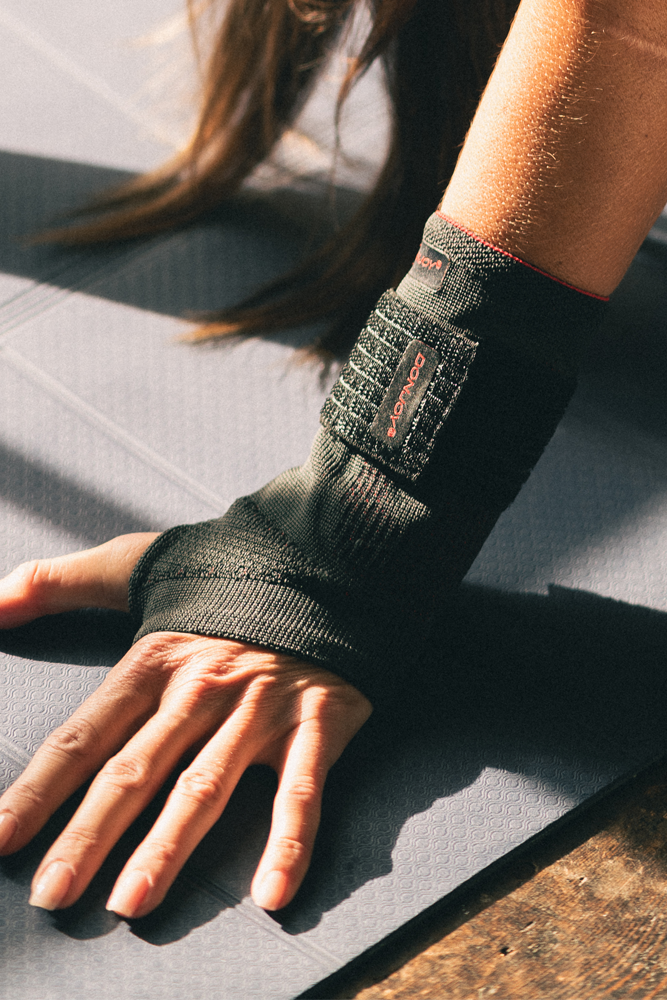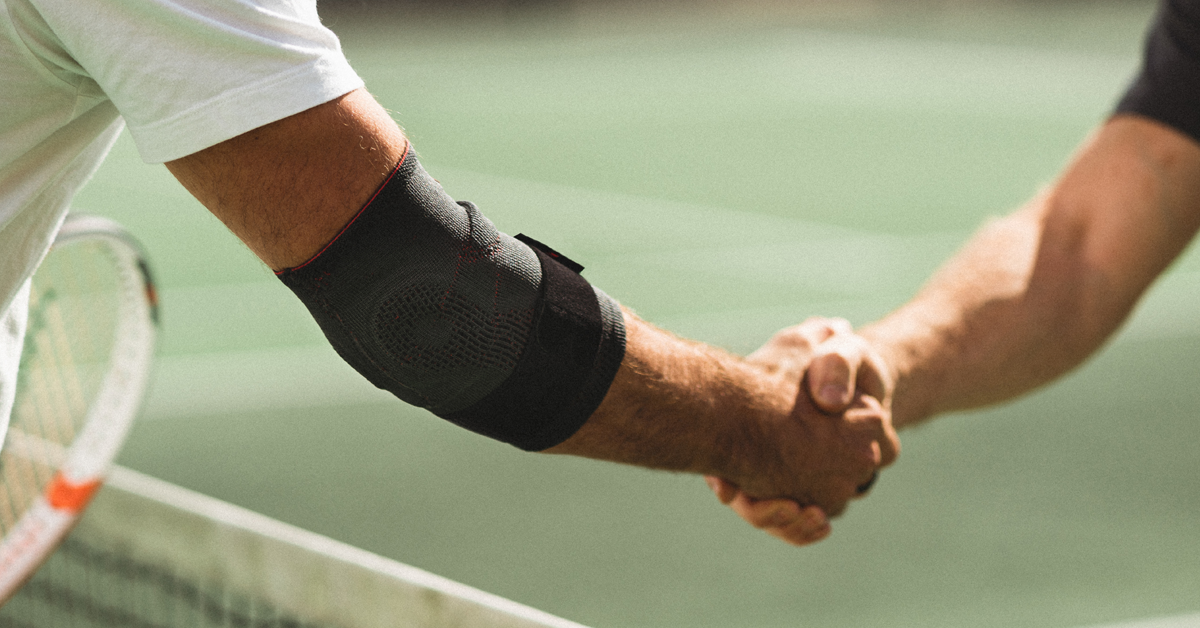Proprioception is an important part of our everyday lives. It influences our balance, stability, and posture, and is essential for the motor coordination of our bodies. But what happens when proprioception is impaired, and how can wearing a soft brace help improve it?
What is proprioception?
Proprioception, also known as kinesthesia, is the body’s ability to sense its own position and movement, as well as force and heaviness.
Sensory neurons throughout the body—collectively known as proprioceptors—process stimuli and provide feedback that the body uses to coordinate its movements.
For instance, if receptors in and around a limb’s muscles and tendons sense risky levels of continuous deformation, they will “tell” the body to initiate reflexes to help stabilize and protect the limb from excessive movements.
How can injury affect proprioception?
Though proprioception is a difficult sensation for an individual to identify, its impairment or loss is far more keenly felt.
In extreme cases, such as an autoimmune response to an infection that attacks the body’s sensory neurons, the sense of position, movement, and touch can be completely lost. Without the ability to coordinate their movements, patients who experience this kind of condition can find themselves unable to stand, walk, or physically interact with their surroundings.1
In more common conditions, such as knee osteoarthritis, the proprioceptors in and around the knee joint can be negatively impacted, and the consequent reduced sensory input can compromise normal knee movement and impair postural and protective reflexes.2 This in turn can cause loss of stability and balance, leading to falling.
Acute injuries, such as sprains and strains, can damage soft tissue containing proprioceptors, thereby impairing proprioception and increasing the chance of risky movements.
How can a soft brace improve proprioception?
Studies have shown that wearing a soft brace can contribute to improvements in proprioception.2,3
Although the exact details of how this process works are unknown, researchers hypothesize that wearing a soft brace increases stimuli on proprioceptors in the skin, as well as pressure on the underlying muscles and joint capsule that it covers.4,5
The benefits of this can include improvement in physical function, better control of the involved joint, and a reduction in pain.2,3
Introducing a new range of proprioceptive soft braces from DonJoy®
Sometimes staying active means staying supported. DonJoy’s® new range of soft braces aids proprioception to help people continue their everyday activities.
The range covers all the major joints, comprising two knee supports, two ankle supports, an elbow support, and a wrist support, all of which are available in a wide range of sizes to accommodate different body types.
Each brace is made from soft 3D elastic compression fabric that stretches with the wearer’s movements while providing support and proprioceptive feedback. This means patients get the stability and control they need to help prevent injury while remaining comfortable, making these products well-suited to all kinds of activities, from tennis and jogging, to walking and gardening.
These braces also include a number of individual features to provide enhanced function. For instance, the GenuForce® Xpert knee brace’s semi-rigid polycentric hinges provide greater lateral support and stability, while ManuForce®’s adjustable strapping and malleable hand stay help offer adaptable compression, stabilization, and relief for the wrist.
To learn more about these products and others, visit enovis-medtech.eu
References
- Tuthill, J. C., & Azim, E. (2018). Proprioception. Current biology : CB, 28(5): R194–R203.
- Hassan, B.S., Mockett, S., Doherty, M. (2002). Influence of elastic bandage on knee pain, proprioception, and postural sway in subjects with knee osteoarthritis. Ann Rheum Dis, 61: 24-28.
- Cudejko, T., van der Esch, M., van den Noort, J. C., Rijnhart, J. J. M., van der Leeden, M., Roorda, L. D., Lems, W., Waddington, G., Harlaar, J., & Dekker, J. (2019). Decreased Pain and Improved Dynamic Knee Instability Mediate the Beneficial Effect of Wearing a Soft Knee Brace on Activity Limitations in Patients With Knee Osteoarthritis. Arthritis care & research, 71(8): 1036–1043.
- Perlau, R., Frank, C., Fick, G. (1995). The effect of elastic bandages on human knee proprioception in the uninjured population. Am J Sports Med 23:251–255.
- Simoneau, G.G., Degner, R.M., Kramper, C.A., Kittleson, K.H. (1997). Changes in ankle joint proprioception resulting from strips of athletic tape applied over the skin. J Atl Train 32:141–147.










